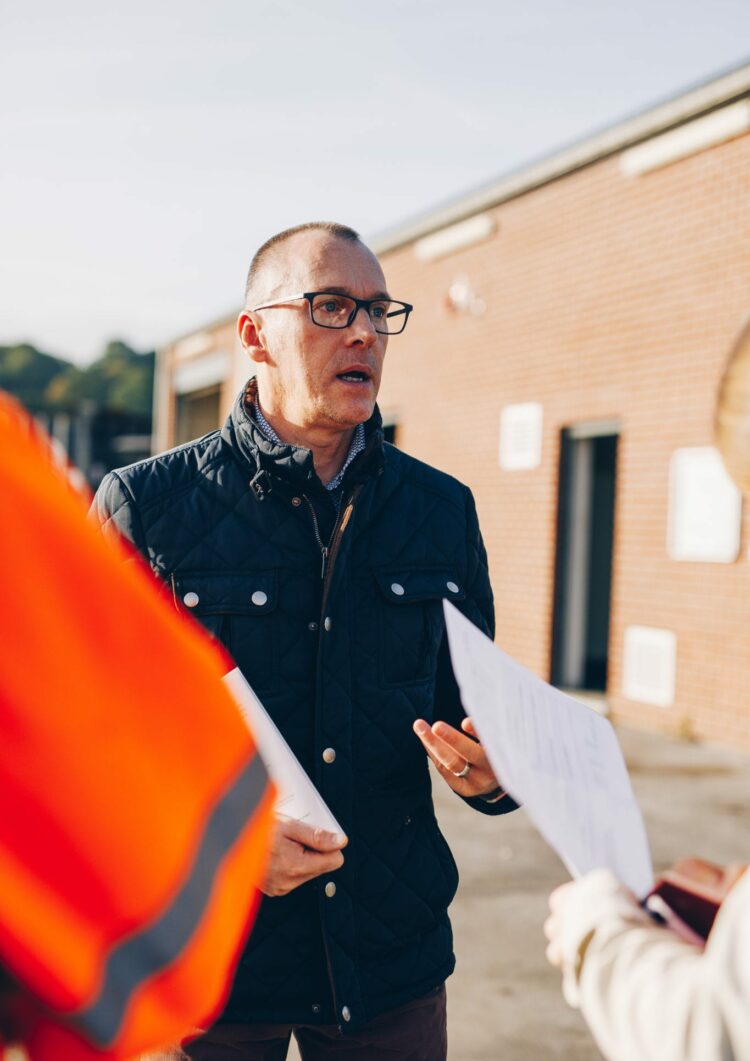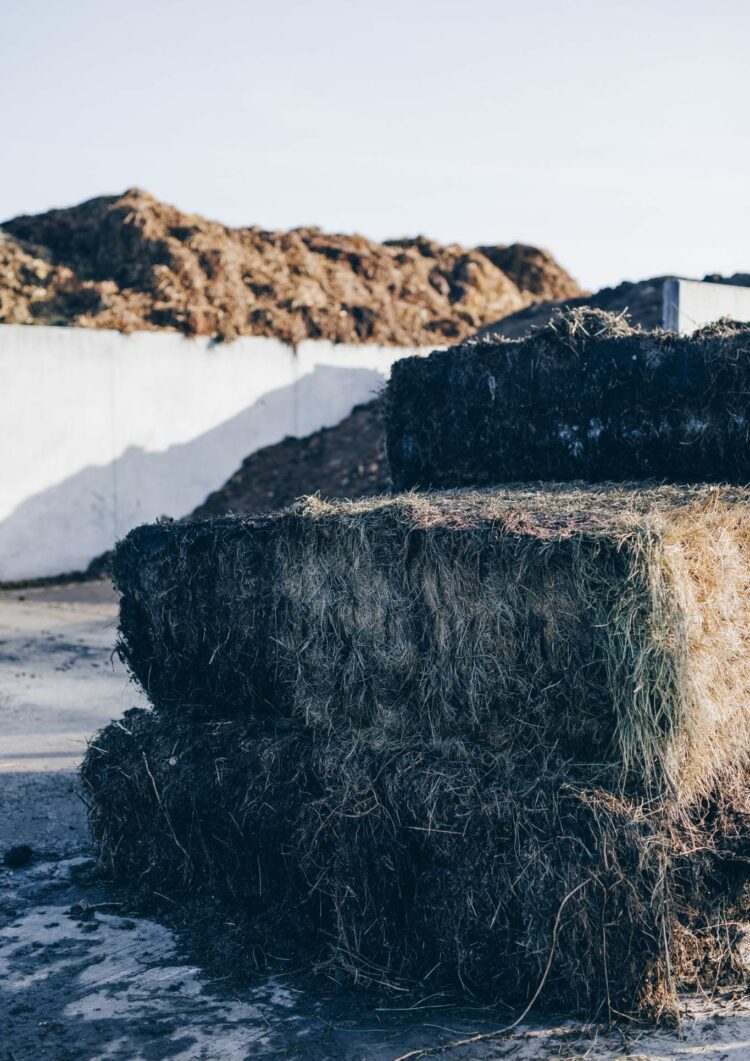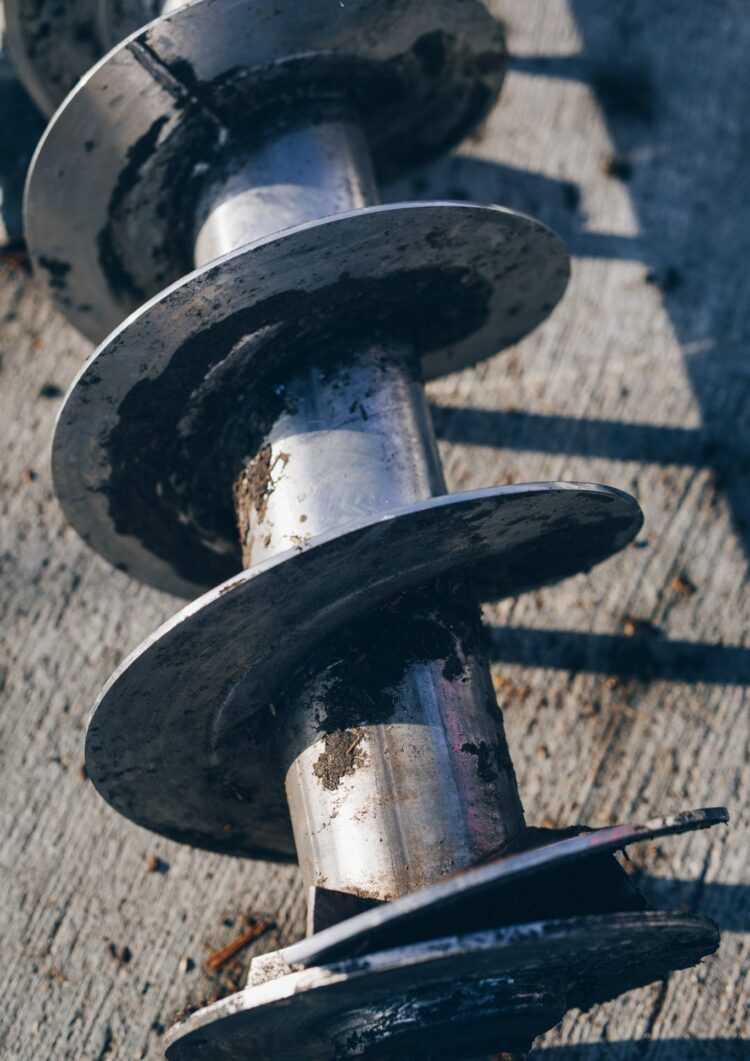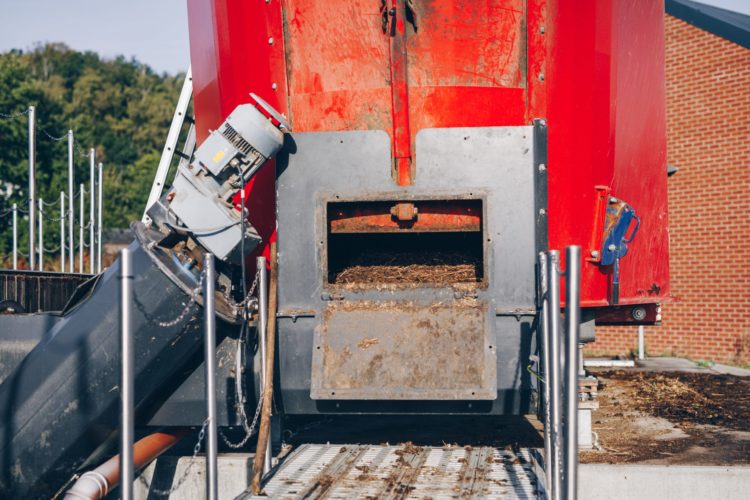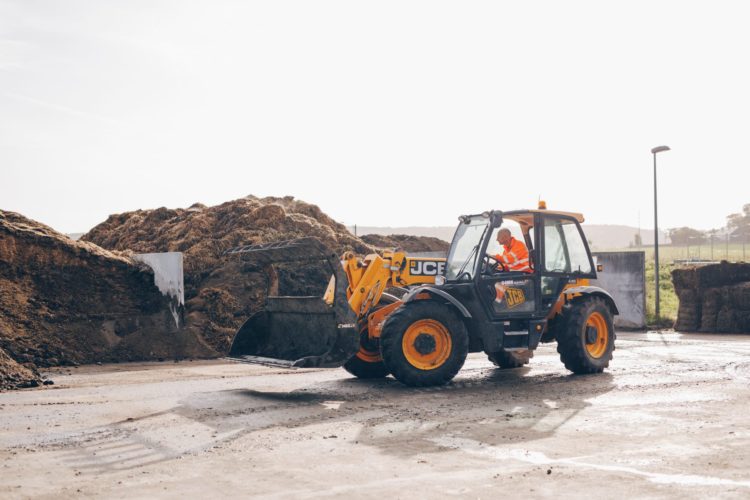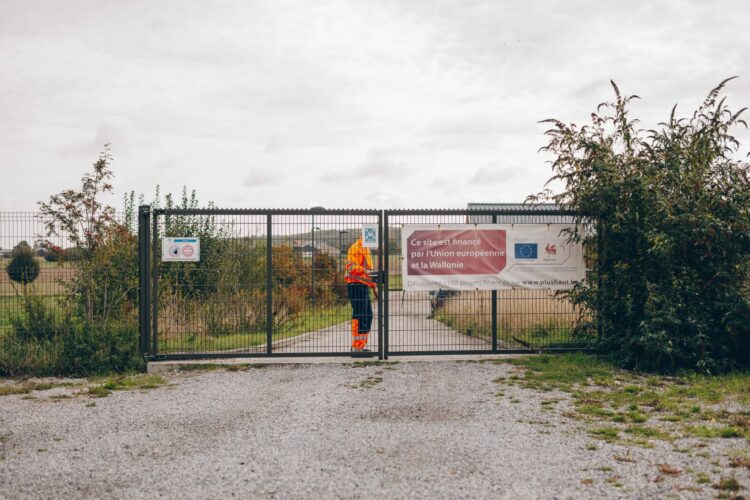When a borough of Charleroi Métropole is lit and heated by green energy
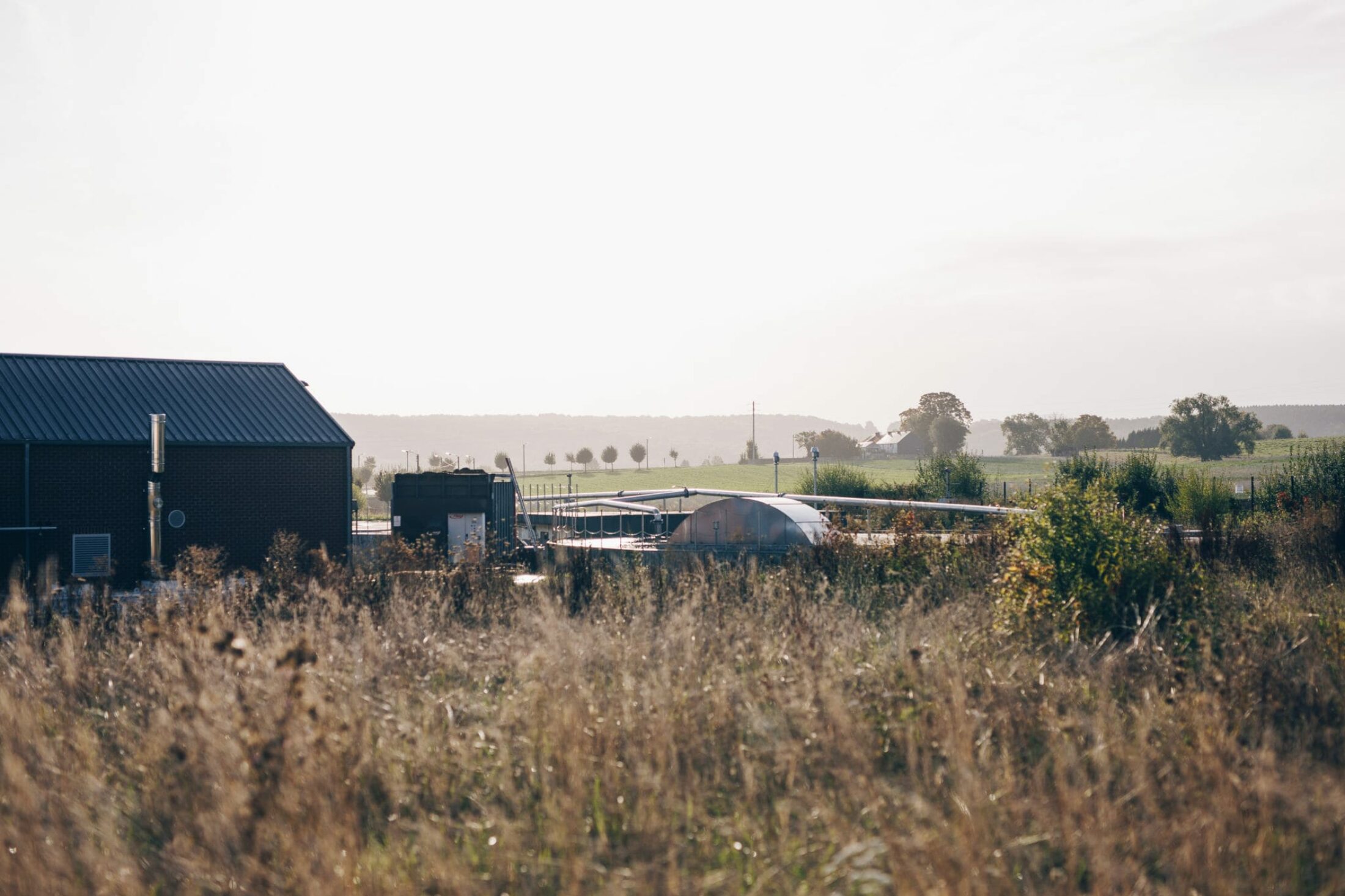
Biogas unit, Aiseau-Presles
‘We launched the biogas building project in 2007 and gradually it has materialised. We were the first Belgian public infrastructure to do it.’
It makes no sense to describe the project’s long administrative procedure for Frédéric Deyonghe, environmental advisor to the borough of Aiseau-Presles, the project’s initiative. What he has taken from the experience is that it is worth the money. ‘This project was a real learning curve.’

Feasibility study and implementation
It all started with an assessment of the situation: what were the heating and electricity requirements of the communal buildings and Sambrexpo, the sports and cultural complex in the borough? Is a green energy system feasible? ‘The biogas structure was sized based on a study. So that it would be viable and profitable, at least 40% of local authority subsidies were required, to which other funding was added.’
First step: estimate the heating and electricity requirements of the buildings.
After having completed a number of administrative reports, the borough obtained financing to carry out the feasibility study, as well as the funds required to build the structure: ‘Everything was new for us, we had to conclude public contracts to build the structure, materials… Areas of which we have little knowledge.’
Finally, after about 15 years, the biogas unit is up and running. It was commissioned in May 2015.

A very special way of working
The structure is located in an area of over 1 hectare and constitutes a storage space for agricultural material (manure, liquid manure, bird excrement, etc.) and the digestate (product of anaerobic digestion), two underground tanks, a technical facility with a boiler, motor for energy production and an office.
At the entrance to the site, we also find scales for tractors. ‘Eleven farmers from the area come to get rid of their organic waste, we’re talking about agricultural biomass. The structure requires 30 tonnes per day. These same farmers collect the digestate which they spread on their land.’ The borough-farmers partnership is well run: the borough reimburses the charges for transporting the waste, the farmers leave with quality fertilisers.

The difficulty of the day-to-day management
Once the structure was installed, the most complicated part was managing the day-to-day running of the biogas unit. ‘We had a problem with the motor at the end of 2016, we had to stop the unit. The production therefore fell from 90 to 60% of its capacity.’ In theory, the production unit enables the borough to be independent in terms of its heating and electricity. Currently, this is not yet the case.
The process still needs to be improved. ‘In principle, there is a balance between what the biogas station puts into the electric network, if the borough’s demand is low, and what the borough takes out of the network if demand is high, in winter for example. According to the baseline study, this balance guarantees us a certain level of energy independence.’
Heating and electricity are produced in a balanced way between the biogas unit and the network
Several people manage the unit. A full-time employee was hired to ensure that the station works at a technical and practical level. ‘The person who works here also works as a farmer. This is a real gain for the knowledge of the products and day-to-day management.’ Another person, Frédéric Deyonghe, employed by the borough, currently dedicates half of his time to administrative and finance tasks concerning the biogas unit.

Everything is controlled thanks to a connected board: input, energy production, waste…
An example which is inspiring other public structures
Following this experience, other infrastructures are interested in and inspired by the model adopted by the borough of Aiseau-Presles. If he had to start again, Frédéric Deyonghe would improve the unit by planning an additional storage area: ‘Currently, there are three storage areas, this certainly works well but it would be easier with four.’
He would then conclude the public contract differently. For him, two separate tendering processes are vital: one for the construction of the buildings and another for the running of the facility.
One thing is certain: the borough is very proud of this innovative structure. ‘We are the only borough in Belgium, the only one in Europe, to produce and consume green energy.’
Contact:
Administration Communale
d’Aiseau-Presles
Rue Président John Kennedy 150,
6250 Aiseau-Presles
+32(0)71/26.06.11
www.aiseau-presles.be
©Pictures/Leslie Artamonow
